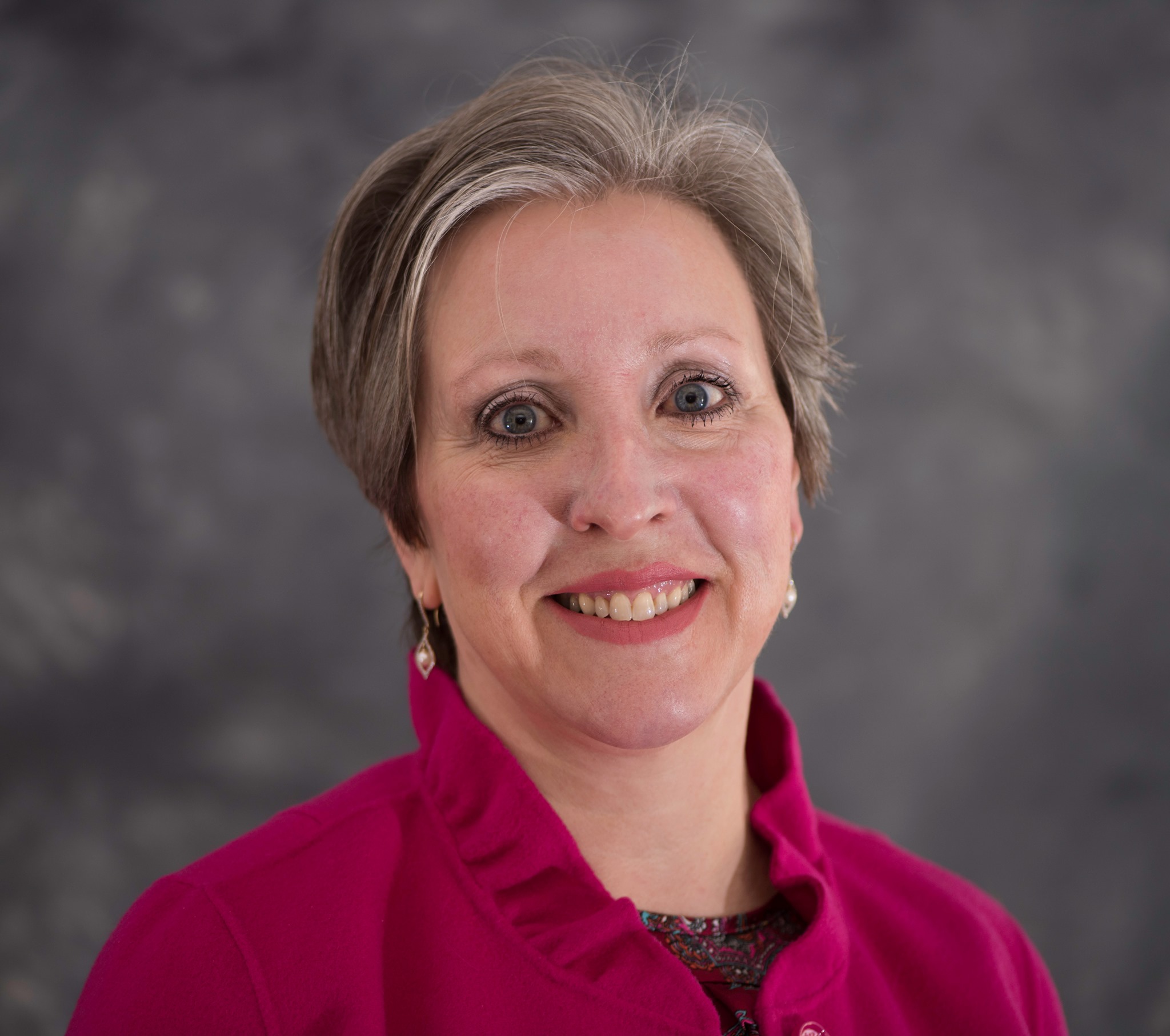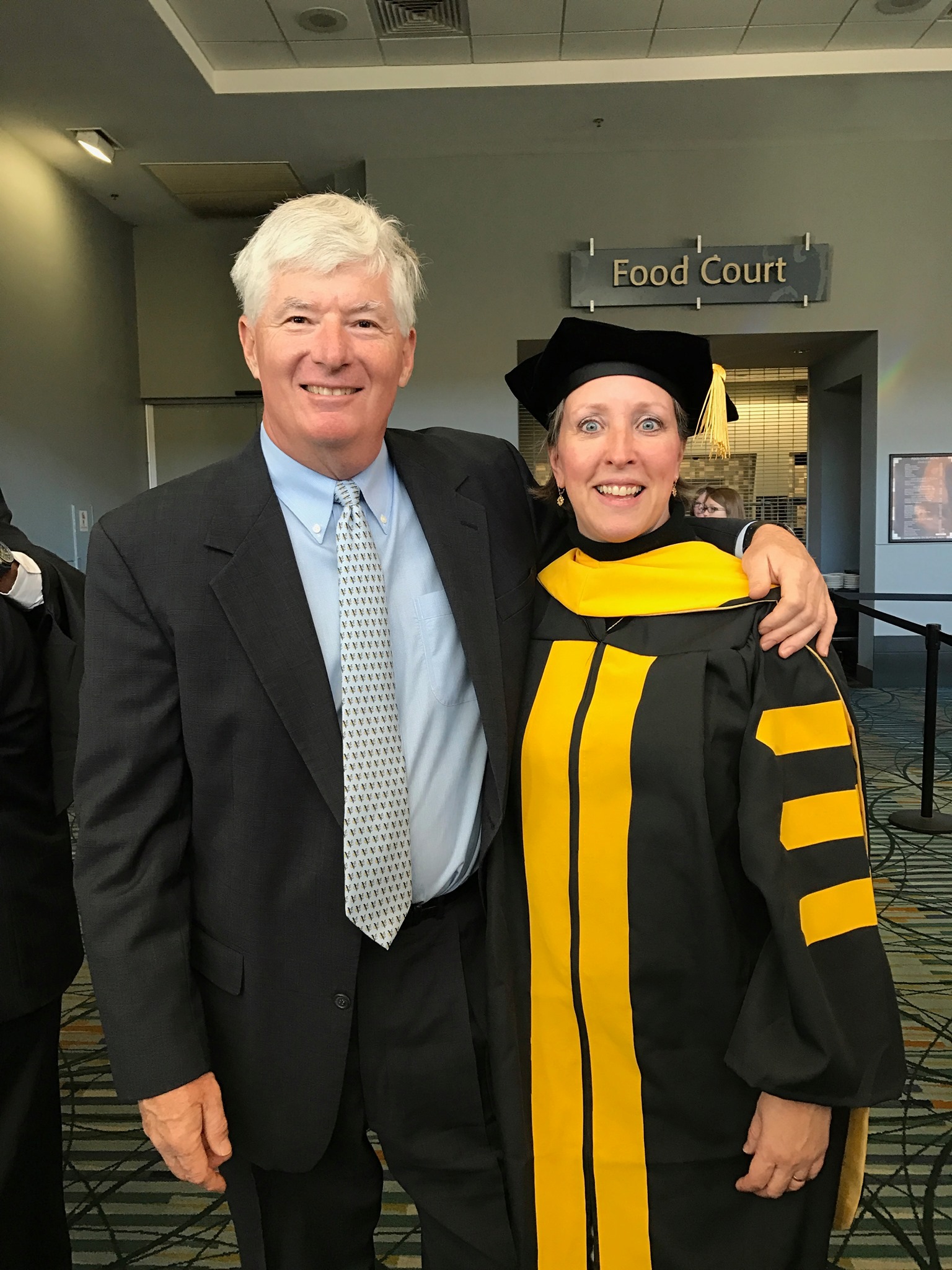The DNAP opens new doors for CRNA and entrepreneur
 A blog post years ago drove Jean Snyder into action.
A blog post years ago drove Jean Snyder into action.
The story was about a mother whose son died during a routine surgery. “I’m going to get choked up telling you about it,” Snyder recalled in a recent interview. The boy arrested on the table, the cause: the anesthesia provider used the wrong medication, and further failed to dilute it. The boy was given one-hundred times the necessary dose, had it been the proper medication in the first place.
“I can still remember my husband walking into the room while I was crying at the computer,” Snyder says. “This poor mother lost a child because an anesthesia provider made an error.”
She took her anger and sadness and turned it into the Error Recovery and Mitigation Aide, or ERMA. A clear box attached to the middle of a traditional needle reservoir, ERMA allows a practitioner in any high-risk area to see all the syringes and vials used during a procedure in real time through the plexiglass. They can recognize errors early, pre-disposal, and address issues faster. Once the procedure is complete, a trap door allows the waste to fall into the reservoir.
But there was a problem: Snyder had the prototype, but didn’t know the next step.
Living in Williamsburg at the time, she phoned Suzanne Wright, PhD, CRNA, then a professor and now chair of the VCU Department of Nurse Anesthesia. Wright encouraged Snyder to write a whitepaper on the device and get her post-master’s DNAP in the process.
Snyder is a 1983 graduate of Niagara University, and earned her master’s degree in nurse anesthesiology from the University at Buffalo in 1995. She graduated from VCU’s post-master’s DNAP program in 2016.
After earning her licensure as a CRNA in the mid-1990s, she worked for several health systems, and in 2006 began work as an independent contractor. Realizing a business opportunity and opportunity to save clinics additional cost, the entrepreneurial bug bit, and led her to start her own practice. As co-founder of Goodwin & Snyder Anesthesia Associates PLLC, she and her business partner provide anesthesia services to three Tidewater-area ambulatory surgical centers. Their contracts supply CRNAs to the ASCs with the oversight of an on-site surgeon. (She and Howie Goodwin also own a ketamine and infusion clinic in Newport News, Ecstasis, where they treat post-traumatic stress disorder, treatment-resistant depression, and complex regional pain syndrome).
 For her DNAP capstone project, Snyder further refined the ERMA and built evidence to back it up through a whitepaper that outlined the many stories of anesthesia errors that could have been prevented with such a product. The whitepaper, she said, “showed why we need ERMA.”
For her DNAP capstone project, Snyder further refined the ERMA and built evidence to back it up through a whitepaper that outlined the many stories of anesthesia errors that could have been prevented with such a product. The whitepaper, she said, “showed why we need ERMA.”Today, she holds a patent on the device along with her former employer. And yet, she gained much more from her DNAP experience than the evidence to back up ERMA.
“I went in thinking I would just develop ERMA and save the world,” she says. “What I didn’t realize is that the DNAP would give me parity. I now have a door into C-suites to talk about providing anesthesia services, or to explain the ERMA device. It’s the sad truth that, in many cases, you need more than a nursing degree to get your foot in the door. The DNAP makes a difference, and gives you the credentials you need to make change happen.”
She also didn’t want the program to end. “I learned so much by how the VCU faculty handled themselves and how they worked with students and communicated with us,” she says. “I try to mirror those behaviors when I work with [my peers] and employees. I have learned so much about the whole process of dealing with other people by how they dealt with other students.”
“I am committed to empowering all nurses, but especially CRNAs, to be heard as subject matter experts, to be business owners, and to empower them to step into leadership positions,” she says. “Nurse anesthesia has given me so much in my life, and a career I’ve not had one moment of regret about. I believe firmly in nurse anesthesia as model for the future.”
“It’s time to build our organization up and profession up —because there are plenty of people out there trying to tear it down.”